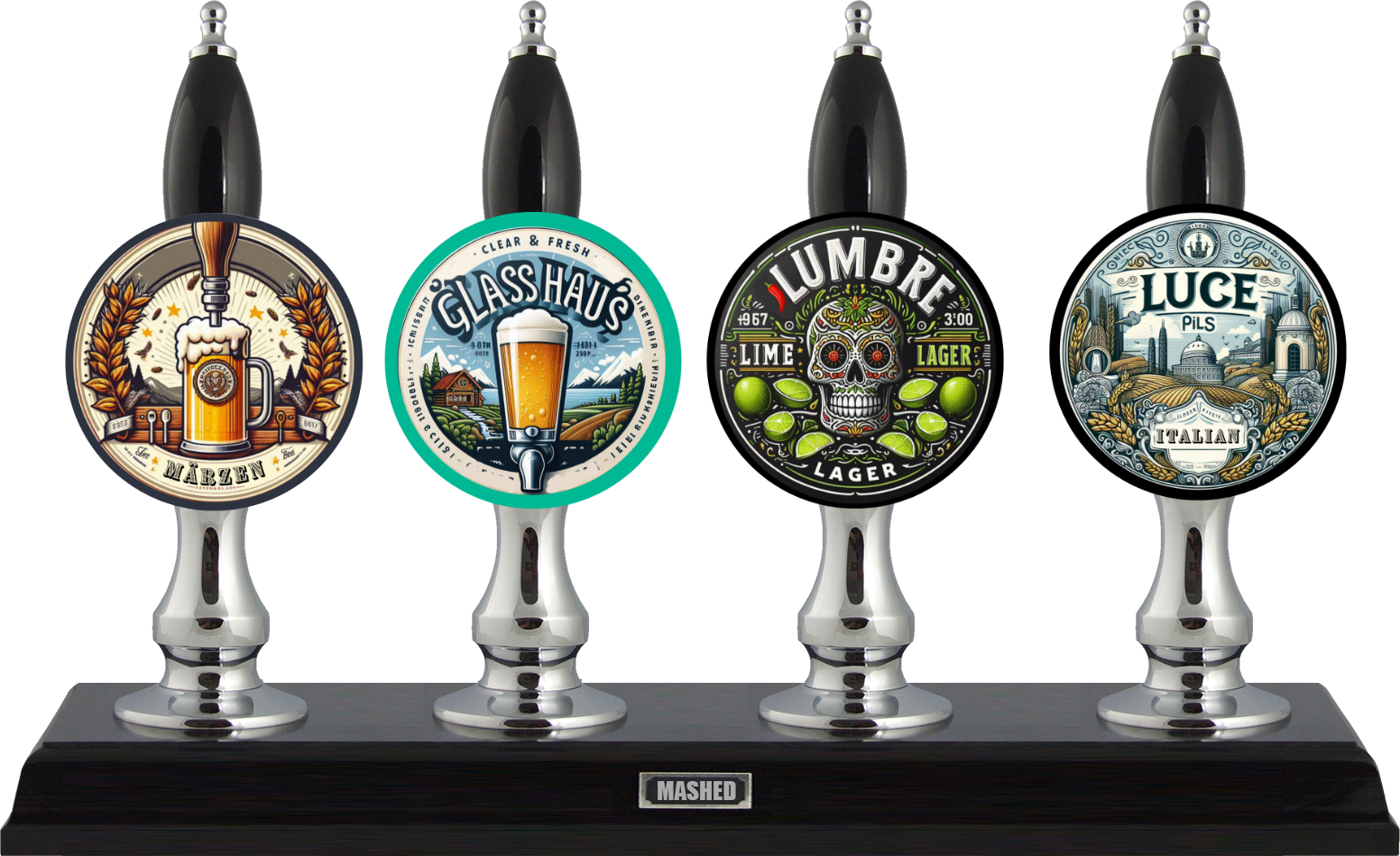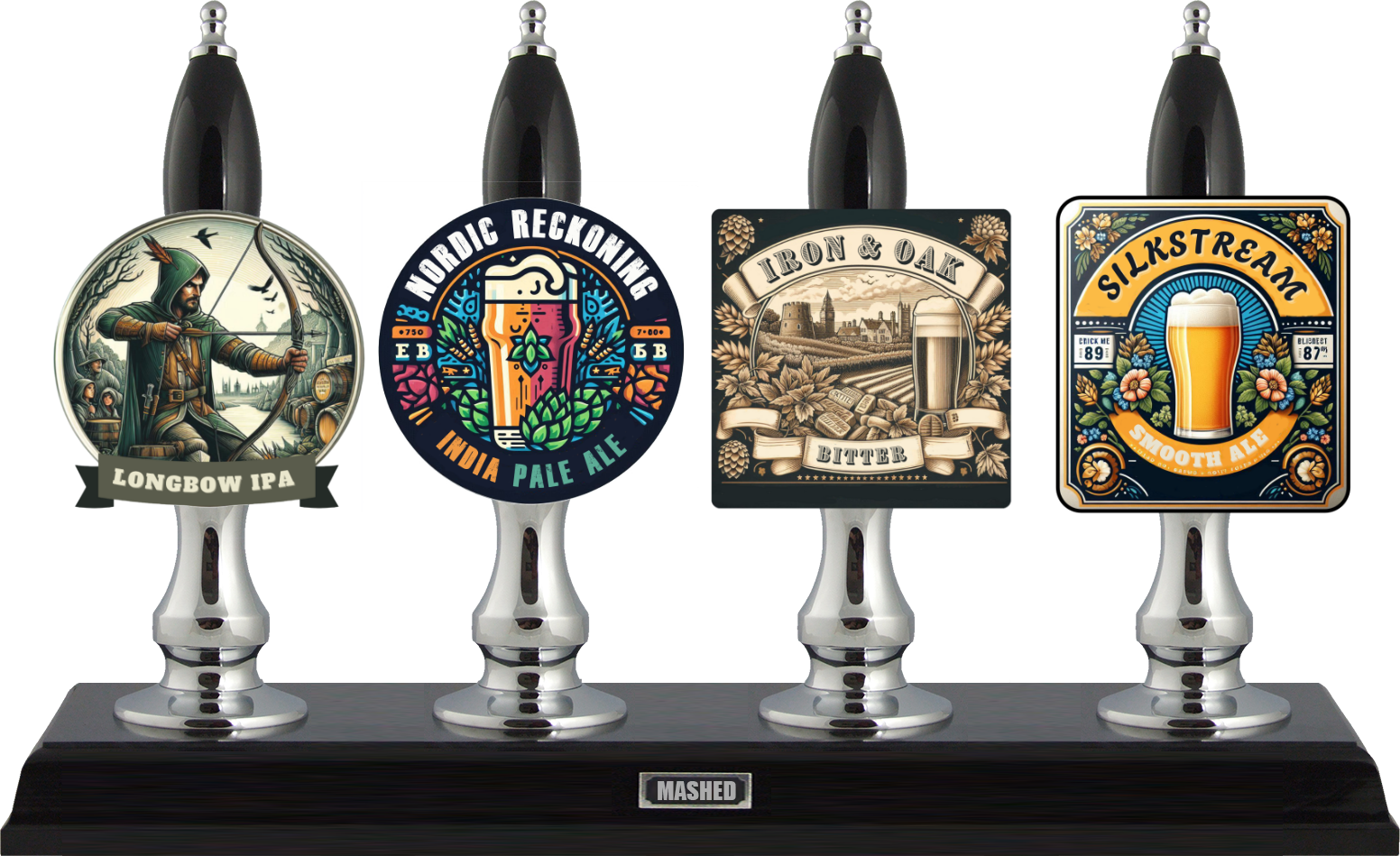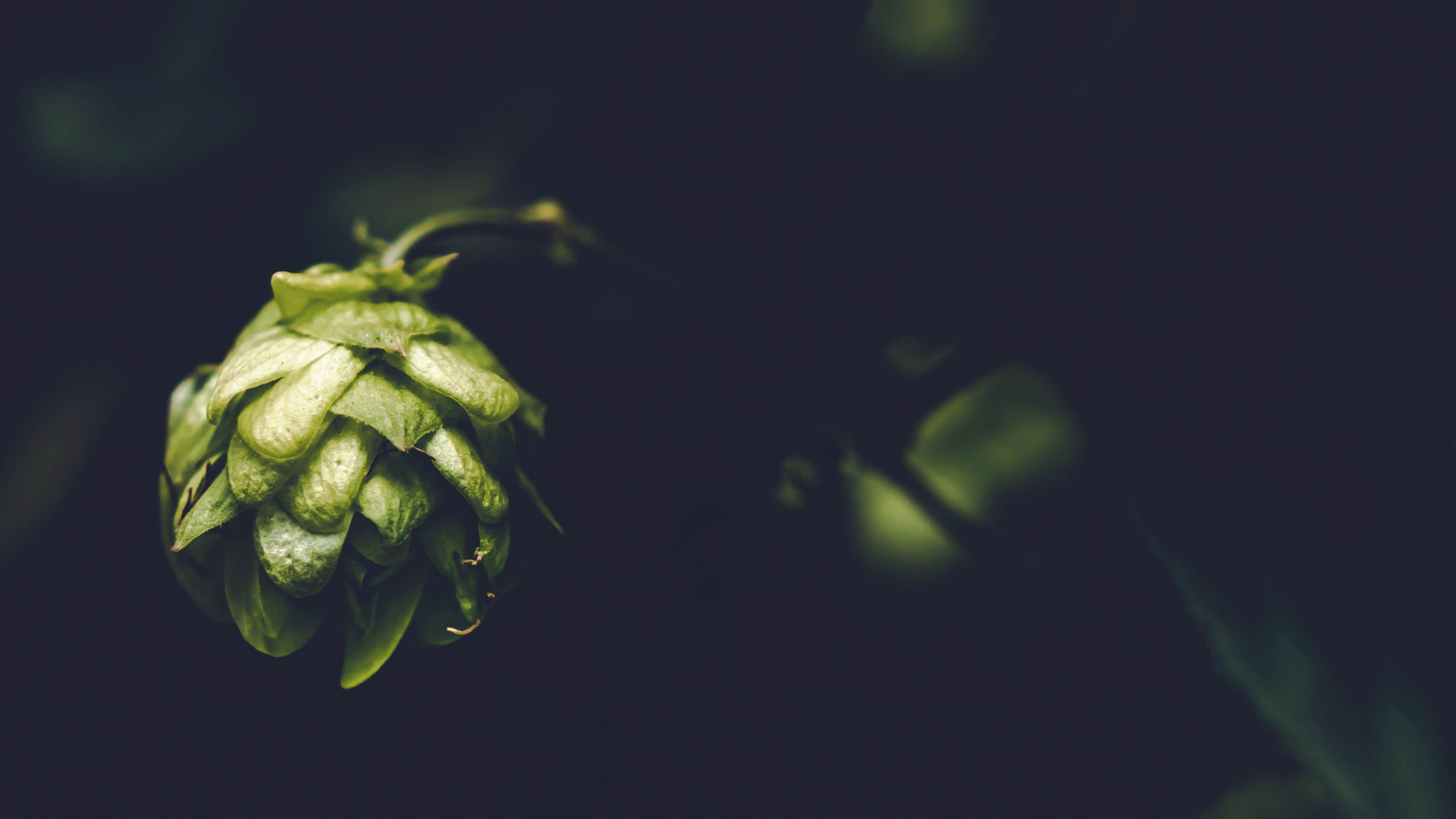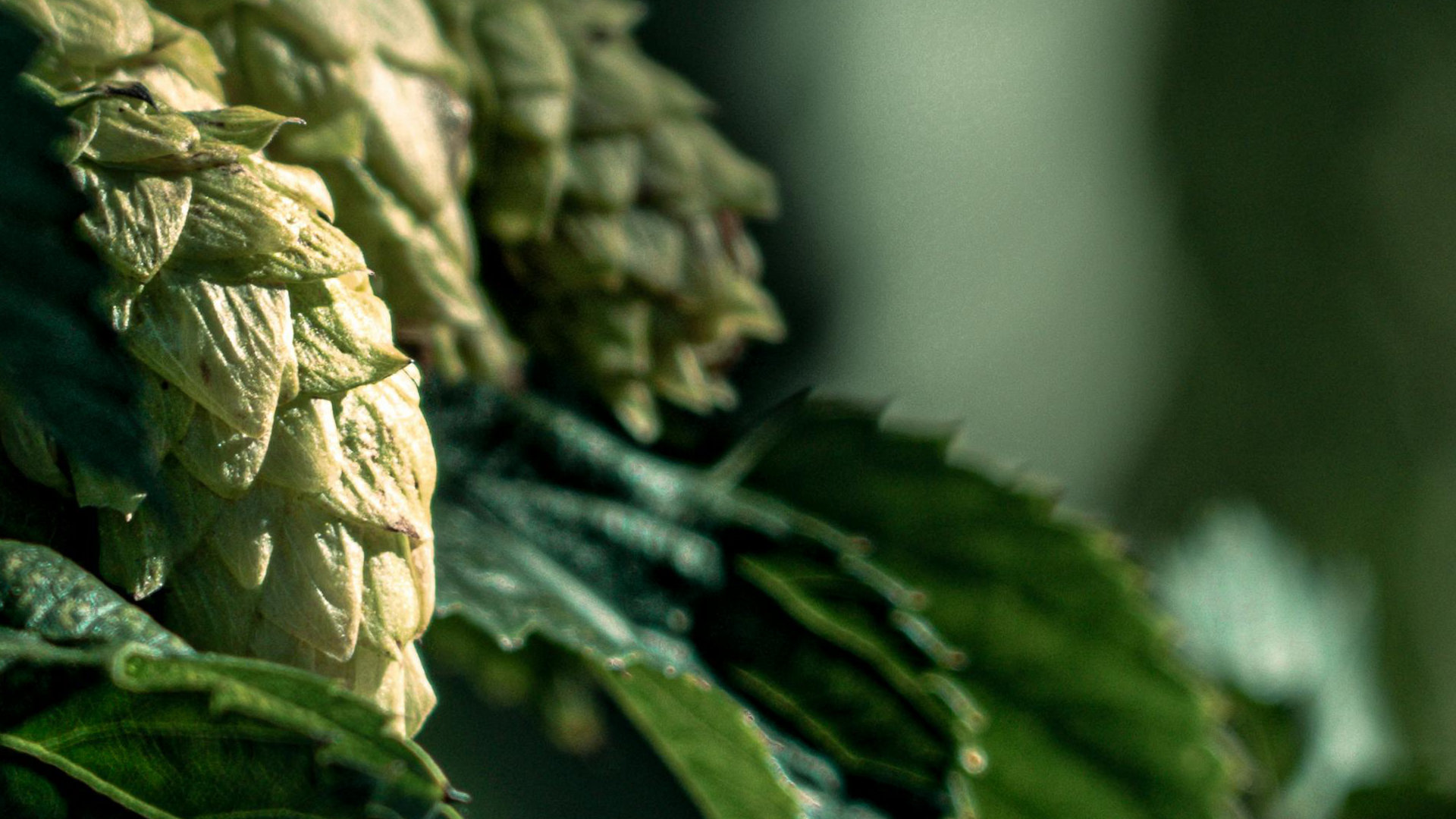Brewing Process & Instructions
The brewing process used to make Duke was small-scale BIAB (Brew In A Bag) utilising two 15L stainless steel stock pots (total water 15.38L, based on Brewfather calculation), one for mashing (9L water, approx.) and the other for sparging (6L water, approx.), and a reusable brew bag (for holding the grains); the resultant wort combined into one pot for the boil. [NB. Some BIAB brewers only use one larger pot containing all the water, missing the sparge step, which is an option.]
Using Co-op Still Natural Spring Water as a base (water profile on label), the water profile was adjusted (based on EZ Water Calculator Spreadsheet result), through the addition of Calcium Chloride and Magnesium Sulphate to the mash (2g and 1g, respectively) and sparge (1.3g and 0.7g, respectively), to ensure a Chloride / Sulphate Ratio of 1.78 (a ratio above 1.3 is generally considered to enhance maltiness); the aim with Duke being to balance out any possible harshness from the hops and provide a good mouthfeel.
The grains (in brew bag) were mashed at 65-67°C for 60 minutes, and then sparged at between 67-76°C for 15 minutes. Regarding mash pH, the recommended range for brewing is generally 5.2–5.6, with some commentators suggesting a preferred range of 5.2–5.4 for an IPA, but towards the higher end at 5.5–5.6 and even higher at 5.6–5.8 for a Black IPA. With Duke, planned water adjustments indicated a mash pH of 5.7, which I adjusted further to a theoretical 5.54 through the addition of 1 ml of lactic acid to the mash. From measurement during mashing, it was around the 5.5 mark.Â
The wort was then boiled for 60 minutes, with the Target bittering hop charge at the beginning of the 60 minutes.Â
At flameout, the wort was cooled in a water bath (my kitchen sink) to around 80°C, then the pot removed and Azacca and Galaxy hops added (in a bag) as a ‘hopstand’ (stirring regularly for a ‘whirlpool’ effect) for 30 minutes (the temperature naturally dropped but remained within an effective temperature range) for flavour and aroma. Alternatively, the hops could be added straight after flameout, but that would impart more bitterness, which was not the aim with Duke.
After hopstand, the wort was further cooled to around 18-20°C, then transferred to a plastic 15L fermenting bucket, the Original Gravity measured with a hydrometer (it was slightly lower at 1.060 than the 1.063 anticipated), the wort aerated (through vigorous stirring), and the dry yeast directly pitched and mixed in well. The wort was then fermented at around 18°C for around 14 days, with the Azacca and Galaxy dry hop addition (in a bag) at around Day 7, left in for 3 days and then removed.Â
Following completion of fermentation (checked and Final Gravity measured with a hydrometer – it was slightly lower at 1.014 than the 1.017 anticipated), the beer was bottled (primed using carbonation drops – 1 x 2g drop per bottle for a gentle carbonation) and sealed. Following two weeks secondary fermentation (in my kitchen cupboard), it was transferred to a cool place (I’m fortunate to have a cellar) for a further 2-3 weeks conditioning before sampling and dispatching for the MASHED tournament.
PROFILE
6.0% ABV
BATCH: 9L
OG: 1.063Â Â FG: 1.017
IBU: 57 SRM: 37.6
THE GRAIN
1.50 KG Pale Malt (Maris Otter)
0.25 KG Munich Malt
0.15 KG Flaked Barley
0.15 KG Midnight Wheat
0.15 KG Oat Malt
0.15 KG Torrified Wheat
0.10 KG Rye Malt
0.10 KG Crystal Rye Malt
0.05 KG Caraffa III
THE HOPS
10g Target, Boil – 60 mins
20g Azacca, Hopstand @ 80°C – 30 mins
20g Galaxy, Hopstand @ 80°C – 30 mins
30g Azacca, Dry Hop – 3 days
30g Galaxy, Dry Hop – 3 days
THE YEAST
1 pack (11g) – Lallemand (LalBrew Premium Series) ‘London’ English-Style Ale Yeast
OTHER
Priming Sugar (if bottling) – 2g carbonation drop per 500ml bottle



.jpg)







